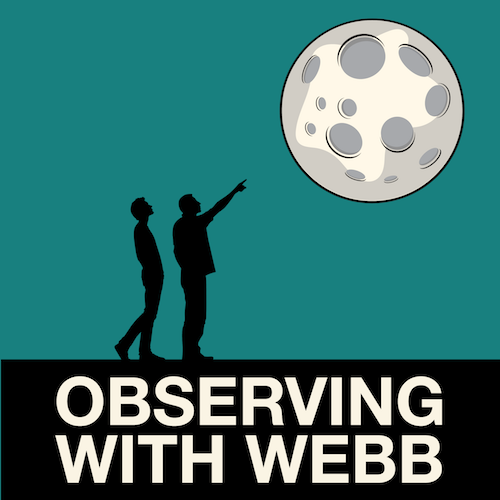April brings us plenty of Jupiter time, a close encounter between Mars and Saturn, and a potentially decent Lyrid meteor shower. And MAYBE some better weather.


April brings us plenty of Jupiter time, a close encounter between Mars and Saturn, and a potentially decent Lyrid meteor shower. And MAYBE some better weather.


February is a rather uneventful month for beginner’s stargazing, but take advantage of the month-long line up of Saturn, Mars, and Jupiter in the mornings in the East, with the Moon stopping by from the 7th to the 12th. Should make for some good pictures.

Mornings are for the planets this month, with Mercury, Mars, Jupiter, and Saturn all making appearances, including conjunctions of two different pairs of these planets. The Moon will pass by each of these planets, be full twice, and be eclipsed by Earth’s shadow, but only visibly in certain spots.

The holidays are upon us, and we have a great Geminid Meteor Shower, the winter constellations appearing, 2 or 3 morning planets, and a year-end occultation of Aldebaran by the Moon.

November brings us earlier nights, all the naked-eye planets visible at some point near dusk or dawn, and a couple of close encounters between them. You might catch some Leonid meteors or a lineup of Venus, Jupiter, and Mars in the mornings.

We lose a couple planets in October, but Saturn and Venus continue to shine, with Mars getting brighter and higher in the morning.

September has 3 naked eye planets, 2 binocular visible, and some typical close encounters between the Moon and the planets.

August brings us the most anticipated astronomical event of the past few years, the 2017 Total Solar Eclipse across America.
